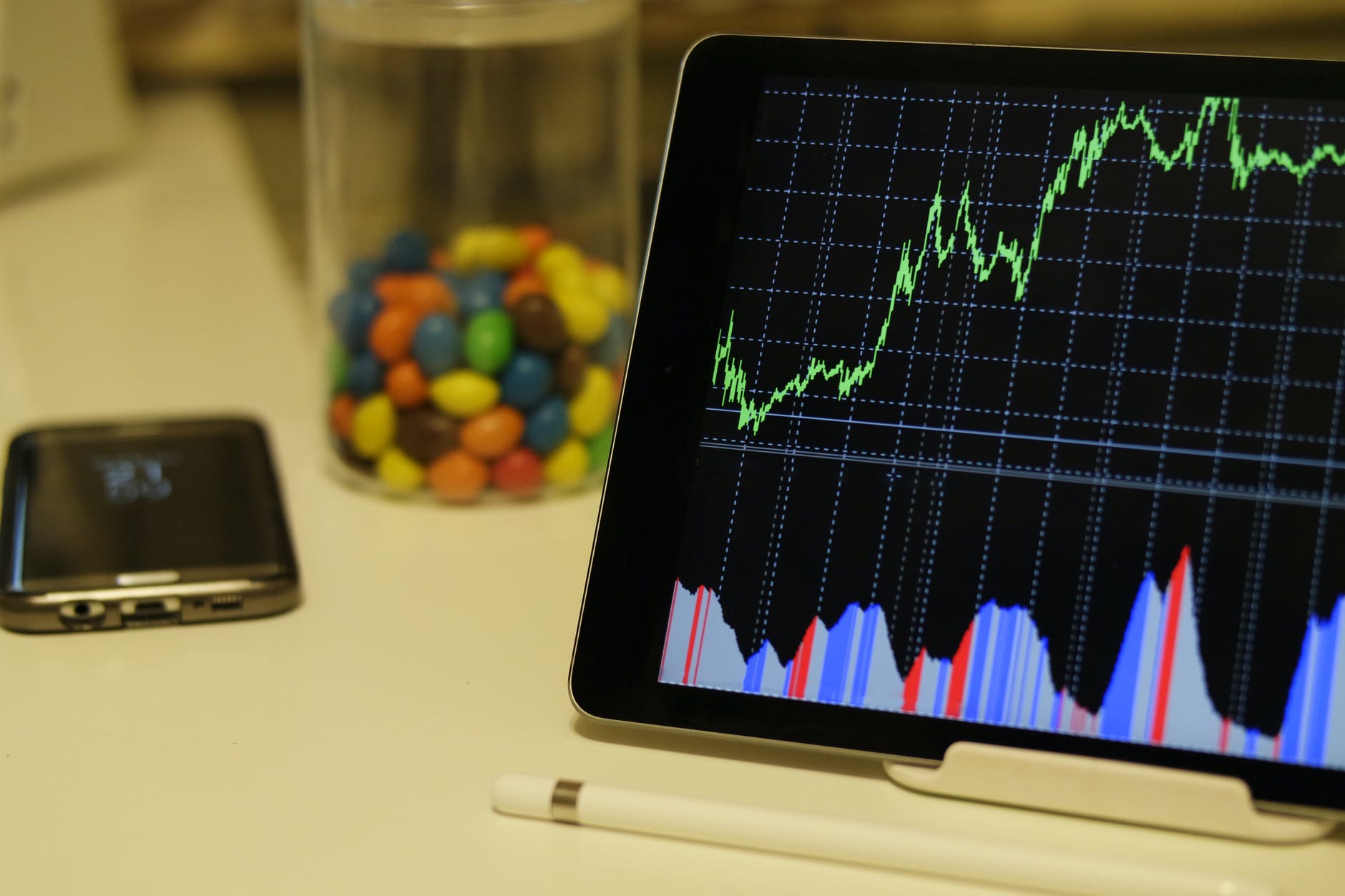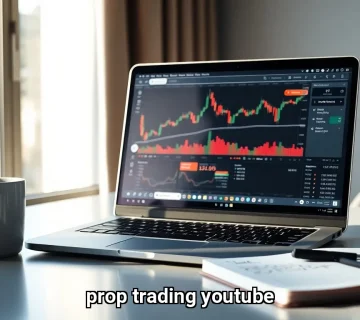Prop trading options empower traders with substantial capital, advanced technology, and expert guidance for prop trading—all without personal risk. Using firm resources, traders execute complex options strategies beyond retail reach. Curious about amplifying market exposure or mastering risk-reward dynamics? Understanding prop trading options is key to thriving in this high-stakes model.
Proprietary trading with options opens doors to dynamic approaches like volatility arbitrage, merger arbitrage, and trend-based strategies, all supported by advanced analytics and real-time data. The collaborative environment fosters continuous learning and mentorship, helping traders sharpen their skills while sharing profits based on performance. For those researching prop trading options, this blend of institutional backing and professional development creates a compelling path to grow both expertise and earnings.
If you’re ready to dive deeper into how proprietary trading applies specifically to options markets, uncover the strategies employed, and discover what makes this model an attractive choice for ambitious traders, keep reading. This comprehensive exploration will provide valuable insights to help you navigate and excel in the world of prop trading options.
Prop Trading Options
Understanding Prop Trading Options: Fundamentals and Benefits
Proprietary trading options involve trading options contracts using the capital of a proprietary trading firm rather than personal funds. This model allows traders to leverage significant institutional capital to speculate on the price movements of underlying assets or implement complex derivatives strategies. Unlike retail options trading, prop trading options provide access to advanced technology, deep liquidity, and professional mentorship, creating a unique environment for both novice and experienced traders.
A key advantage of prop trading options is the access to capital. Traders can open larger positions than they could independently, increasing profit potential while benefiting from firm-imposed risk management limits. These limits help control downside risks, which is crucial given the inherent leverage and complexity of options. Firms typically cover losses up to a predefined threshold, reducing the financial burden on individual traders. This arrangement encourages disciplined trading and strategic risk-taking.
In addition, prop trading firms often employ a profit-sharing model where traders receive a percentage of the profits they generate. This performance-based compensation incentivizes traders to develop refined strategies and maintain consistent profitability. Unlike traditional commission-based trading, prop trading aligns the firm’s interests with those of the trader, fostering a collaborative, results-driven atmosphere.

Prop Trading with Options: Popular Strategies and Their Implementation
Prop trading for options encompasses a diverse range of strategies, each designed to exploit different market dynamics. One popular approach is volatility arbitrage, where traders seek to capitalize on discrepancies between expected and realized volatility. By buying options when implied volatility is low and selling when it is high, traders can generate profits regardless of market direction. This strategy requires sophisticated modeling and quick execution, often supported by proprietary algorithms.
Merger arbitrage is another common strategy within prop trading options. This involves simultaneously buying and selling options or stocks of companies involved in mergers or acquisitions to capture risk-neutral profits from price convergence. For instance, if company A announces plans to acquire company B, a prop trader might buy call options on company B and hedge risk by shorting appropriate securities. Such strategies demand deep market research and timely information flow.
Global macro trading applies macroeconomic analysis to options trading decisions. Traders interpret geopolitical events, interest rate changes, and economic indicators to position their options portfolios accordingly. For example, anticipating a central bank rate hike might lead a prop trader to buy put options on interest-rate-sensitive stocks or indices.
Trend trading in options involves analyzing historical price movements to identify persistent market directions. Traders might use technical indicators to enter options positions that benefit from continued trends, such as buying call options during a bullish momentum phase. Statistical modeling and quantitative strategies also play an increasing role in prop trading, relying on vast datasets and mathematical models to generate trading signals with minimal human bias.
Risk Management and Performance Metrics in Prop Trading for Options
Effective risk management is fundamental in proprietary trading for options due to the leverage and complexity inherent in derivatives. Prop trading firms enforce strict risk controls, including position limits, maximum daily losses, and margin requirements. Traders must adhere to these guidelines to maintain their trading privileges. Firms often use real-time monitoring systems to track risk exposures and intervene if thresholds are breached.
Performance evaluation in prop trading options is typically based on consistency and risk-adjusted returns rather than raw profit. Metrics such as Sharpe ratios and drawdown percentages are closely monitored to ensure sustainable trading practices. Since traders earn a share of the profits, maintaining a stable equity curve is essential for long-term success.

Choosing the Right Prop Trading Firm for Options
Selecting a reputable prop trading firm is crucial for traders interested in prop trading with options. Important criteria include the firm’s track record, fee structures, and the quality of educational resources. A firm with a robust mentorship program and access to advanced trading platforms provides a significant edge.
Fee structures vary among firms; some charge upfront fees for access, while others take a percentage of profits. Understanding these models helps traders select arrangements aligned with their trading style and financial goals. Additionally, firms emphasizing transparent communication and supportive trading environments foster better trader development.
Propx Pro is an example of a prop trading firm that offers competitive fee structures and a supportive environment tailored for options traders. Their comprehensive educational resources and expert mentorship help traders navigate challenges and optimize strategies. By providing access to capital and advanced trading tools, Propx Pro exemplifies the benefits of joining a reputable prop trading firm focused on options.
Technological Edge and Professional Development in Prop Trading Options
Technology plays a pivotal role in prop trading options. Proprietary trading firms deploy sophisticated algorithms and machine learning models to identify market inefficiencies and execute trades at high speeds. These technological tools enable traders to capitalize on fleeting opportunities that might be missed in a manual trading setup.
Moreover, the integration of quantitative research and programming skills has become essential. Traders often collaborate with quant researchers and developers to design and implement automated strategies. This collaboration blurs traditional roles, requiring traders to have foundational knowledge of coding and data analysis.
Professional development within prop trading firms extends beyond trading skills. Firms encourage continuous learning through workshops, peer reviews, and trading room collaborations. Being part of a community of proficient traders promotes knowledge sharing and innovation, essential for adapting to ever-changing market conditions.




No comment